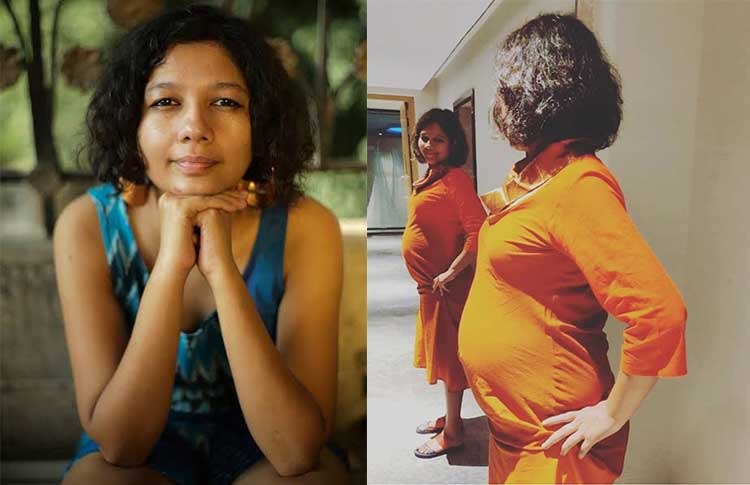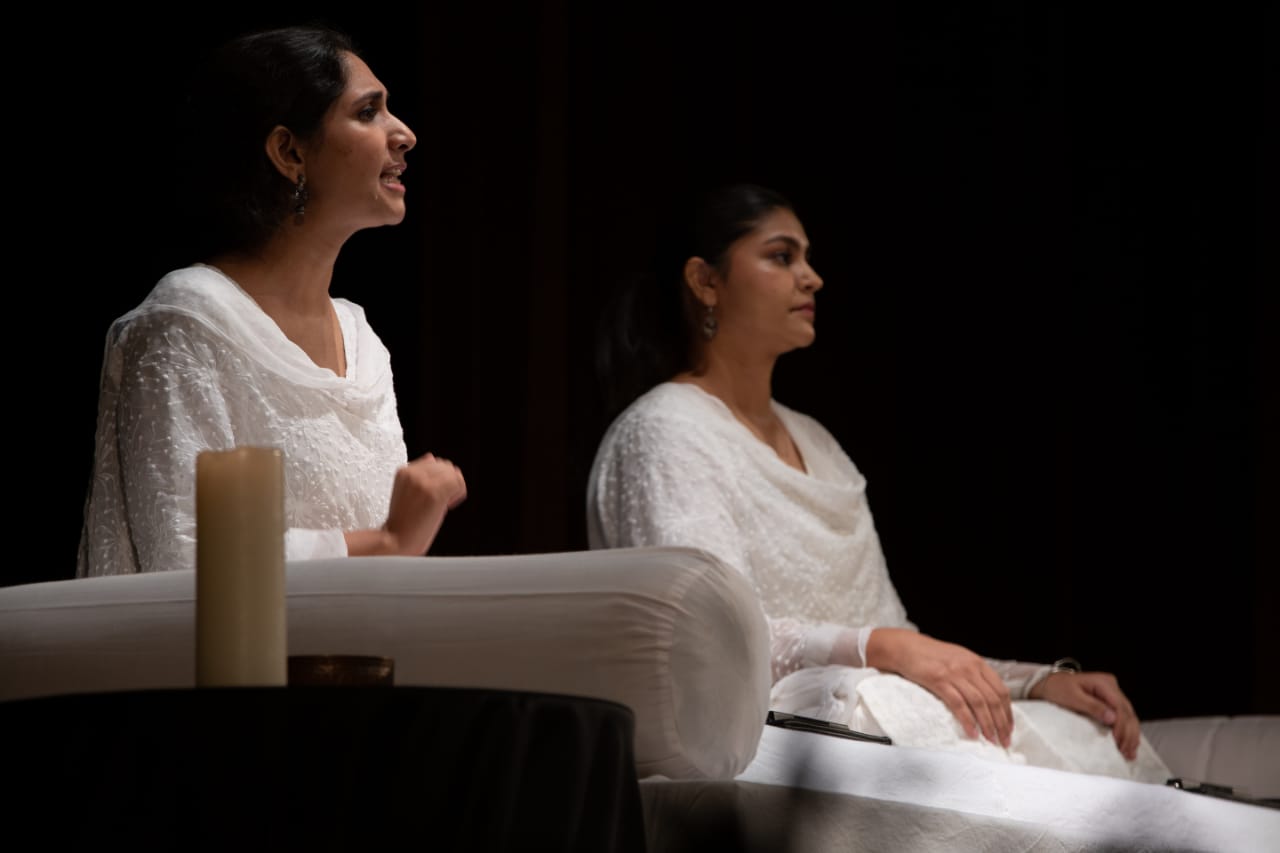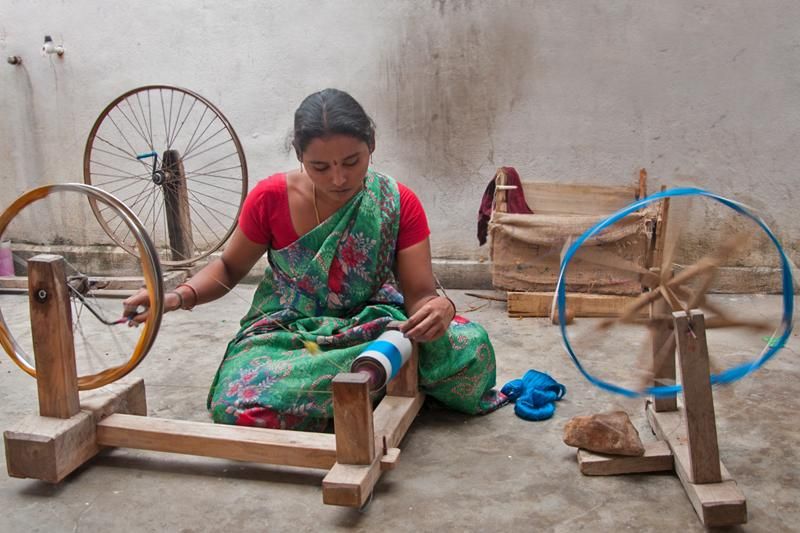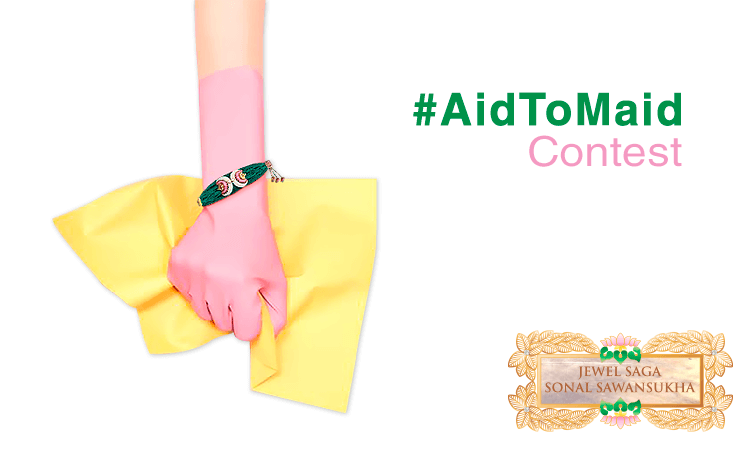Seema Mustafa On Idea Of India, Justice, And Women’s Power In Her Writings On Shaheen Bagh
- IWB Post
- November 15, 2020
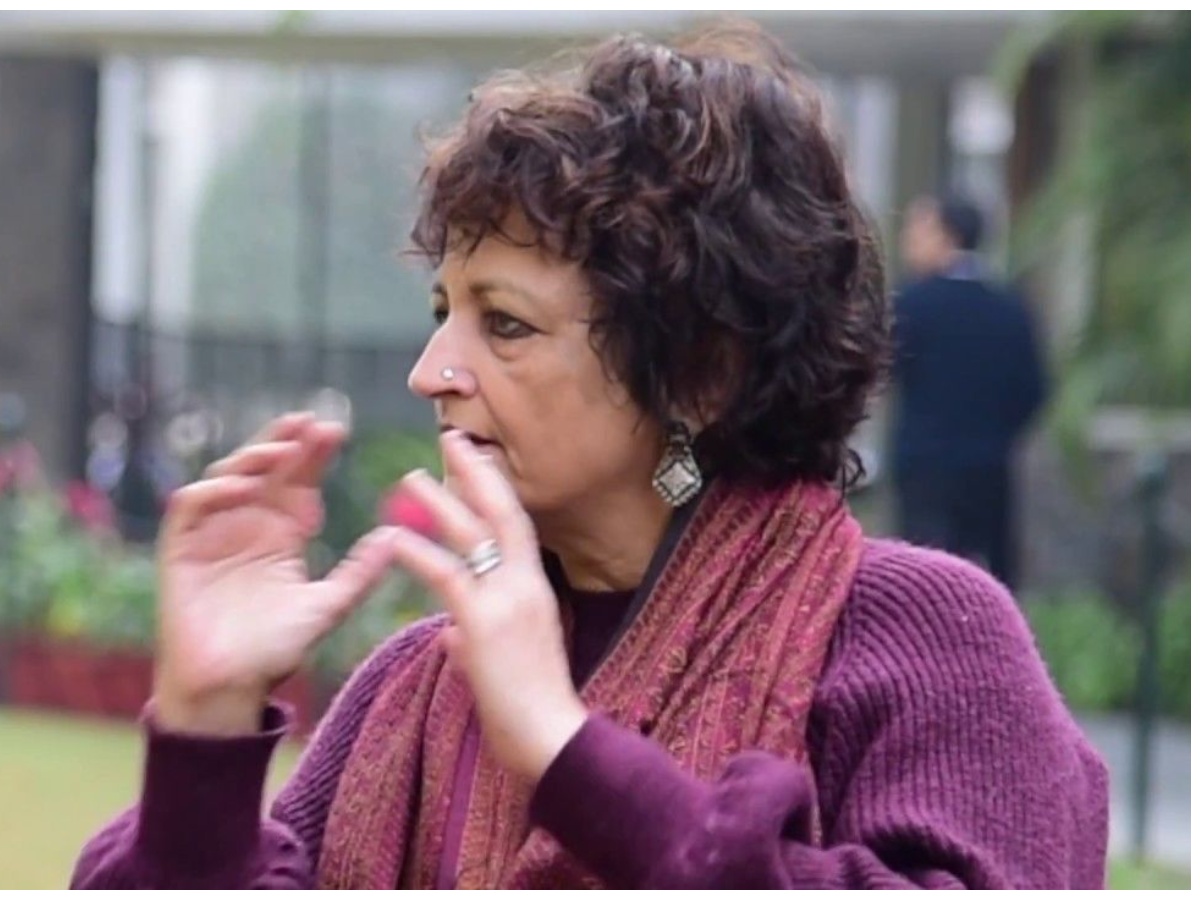
Shaheen Bagh doesn’t need an introduction. A year back, you would have probably missed the inconspicuous neighborhood in the otherwise sprawling national capital of Delhi. But since December of 2019, ShaheenBagh has gained worldwide recognition. The site of one of the largest and peaceful sit-in protests against the controversial CAA and NRC, Shaheen Bagh captured the imagination of the world for more than one reason.
The ‘dadis’, ‘nanis’, and Muslim women, some of whom had never ‘stepped out of their homes’ led the protests from the front. A protest that was a collective voice, sans a prominent leader, and which saw people from across religion, caste, age, and strata gather for the safeguard of the constitution. Unsurprisingly, the very nature and impact of ‘the most significant civil rights movement in recent Indian history’ merit a record of its own for historical, political, and social references.
And so Speaking Tiger brings to readers the first comprehensive book, ‘Shaheen Bagh and the Idea of India – Writings on a Movement for Justice, Liberty and Equality’, which chronicles the movement. An anthology, it ‘raises crucial questions about Indian democracy, secularism, and citizenship.’ The book includes interviews of the brave women at Shaheen Bagh, ground reports, and photographs by journalists, such as Seema Mustafa, Seemi Pasha, Nazes Afroz, and Mustafa Quraishi. A collection of essays by various thinkers, activists, writers, lawyers, such as Nayantara Sahgal, Harsh Mander, Subhashini Ali, Nandita Haskar, Zoya Hasan, Apoorvanand, Enakshi Ganguly, Sharik Laliwala, and Nizam Pasha are also included in the book.
The editor of the book, Seema Mustafa is a veteran journalist who has written for various publications and major Indian newspapers. But why a book on the movement? “As a journalist, you usually chronicle everything major that you see happening. It’s something that you write about’, says Seema. She continues to point out that often in the past there had been various instances where after truthful documentation she found people telling her to put it into a book. “So this (Shaheen Bagh) was something we were documenting on a daily basis and the publishers came up with the idea of a book,” is as simple as she puts it. But the movement at Shaheen Bagh wasn’t that simple. It had many layers and levels to it.
What does Shaheen Bagh mean to the women of the country? How has it changed the narrative for democratic discourse? Why recording it as it happened is important? We spoke to Seema Mustafa about the book, its implications, and the larger picture of reporting an event that has etched its place in history.
Women protesting is often seen as the fall of the last bastion. It is a sign that there is something significantly wrong that has compelled the women to come out and protest. But in your experience, do you think it is the nature and context of CAA and NRC alone that has led to the Shaheen Bagh protests, or do you think this also signifies a coming of age of Muslim women.
Seema: Women in general, including Muslim women, have always been oppressed. I think it was the attack on the students and the history of minorities feeling targeted that all sort of contributed to women stepping out to protest. Citizenship is one of the last bastions, it’s like you are taking away the very right to exist. So when that happened it also culminated in women coming out to protect the men. They felt it was relevant for them to come out and save their home. The women we interviewed said it as simply as that they were saving their home.
Shaheen Bagh stands as a symbol of non-violent and nationalist protests. But there have been several incidents that have tried to mar its true essence and we did see an eruption of violence eventually in parts of Delhi. In your opinion, was there a sense of inevitability or fear amongst the protestors of the ultimate repercussions? About the fact that no matter how hard they tried there would be systematic measures taken from the people in power to disrupt or malign their credibility.
Seema: Everybody was a bit scared but these were just a group of women who came out locally. The movement was led by older women, Muslim women, and it sort of fired the imagination of the nation as well. And because of that, it was embraced by all who believed in democracy and it became a part of a bigger movement. It became the nucleus and catalyst. And that’s what I think Shaheen Bagh was. It was embraced by all communities and it became a very secular protest. I think as it went by there was a deep hope that it was actually going to galvanize people and it was going to change things. There was depression whenever there were attacks etc. so it depended on a given day. But though everybody knew it was a tough time, it was tinged with a lot of hope. The violence that followed in Delhi was created. Young people have been arrested who were involved in the CAA protests, which is so unfortunate. People who made terrible speeches, which are recorded and are there on video, are out there still. And as always, it is the poorest of the poor who are hit by these kinds of violence.
Can you share some conversations that you had with the women at Shaheen Bagh which influenced or struck you the most?
Seema: What I thought was very interesting was when I went the first time to Shaheen Bagh we were just standing there and everybody was having their lunch. There were people who would come with home-made food, people who got the kitchen, like the Sikhs got the langar and even others, distributing basic dal chawal and feeding their children, etc. There was this woman who came to us and candidly told us that everyone was having lunch so we couldn’t meet them right away. It wasn’t anything but it was just her ownership and empowerment. It is difficult to describe but she was really a symbol of what was happening there. She was a woman, out of the house, feeling empowered. They (women at Shaheen Bagh) were getting the headlines, they were suddenly getting the respect, they were the face of the movement and not proxies. There was no leadership, they were all leaders. She was just a simple woman but she stayed with me because she was the first understanding I had of what this movement was all about and the movement had so many levels. It had a level of women empowerment, had a level of the CAA protest. So as a journalist I felt the need to analyze the movement and I am glad we were able to do it through a book.
The youth has been the highlight of the protests against the CAA, whether it was in Jamia or JNU. But at Shaheen Bagh, it was the ‘dadis’ or ‘nanis’ and homemakers who are the more prominent face of the protest. How do you think this equation has impacted the resultant essence of the protests?
Seema: I think the older generation of women was embraced by the youth. It was the youth that went rushing to them. The young found something there that they felt like supporting and being part of. There were no leaders, the beauty of the movement was that there was no political party to control it. There was no AAP, Congress and there were all kinds of young people from all walks of life. They could be members of these parties, might not have been but all doing their little bit. Somebody was bringing the scholars, somebody was arranging the artists to come, the artists were themselves arranging for others to come, so it had become really truly a people’s movement.
With COVID raging in India how would you suggest continuing to keep the momentum of the protests?
Seema: I don’t know whether it has ended but I believe every time there is a hiatus of any kind, the movement in the form that it exists would end. So now if Shaheen Bagh women go back and sit over I don’t think they are going to get the same traction that they did at the beginning and so it would not serve any purpose. But I believe all protests, voices in any country across history add up; and we might think one year is a long time but in the historical framework it isn’t. And then after a while, all the dots start joining up. These are all dots, some are much bigger, some are smaller, some play different games. I don’t see the protests for CAA actually taking the same form. If they have to protest and the government continues the CAA it might take an entirely different form. There might be different faces to it; there might be a different kind of program to it.
What according to your research were the strength as well as the biggest challenges of Shaheen Bagh?
Seema: The importance of the movement was because it was led by women, Muslim women. It was an assertion of democracy. Its strength was that all kinds of people were associated with it and it was not organized by political parties. Shaheen Bagh served its cause by also demonstrating that minorities and the majority could come together in a very peaceful movement to further the constitution. In my view this was also a silent assertion of the minorities, coming out in waves and making it known that they are a part of this country. And everybody else was embracing them and becoming a part. All of this was quite an exciting phenomenon, you could hate it, love it, oppose it, but everybody had to recognize it.
On the other hand, we also had recordings of some people cribbing. Some could say it could be better managed, but it’s okay. It is the chaos that was the movement. It was managed the way they felt it had to be managed because they were the ones sitting on the ground. And I respect that. If somebody sustains a movement of this kind for so long, then you have to respect their decision because you are an outsider, at the most a journalist watching.
How would you personally like your book to be remembered or viewed by people?
Seema: I believe that when something happens and you are in the middle of it you might not know the importance of it then. But ten years later it is what we want to read, to know what happened. So these are chronicles of history which are written almost at the same time as the events take place. Scholars and historians take years to write, but we (journalists) write it more immediately. It is the immediacy that carries its own honesty and it will probably be very interesting for anybody looking at India through the years. I don’t only mean this book alone; I mean all books that emerge as long as you are not sitting there with a political agenda. As long as you are bringing it together, you are recognizing the movement and examining the movement. That is what we have tried to do in the book, too. It is literally like an anatomy of the movement.
You can buy the book on Amazon, here.
- 0
- 0





